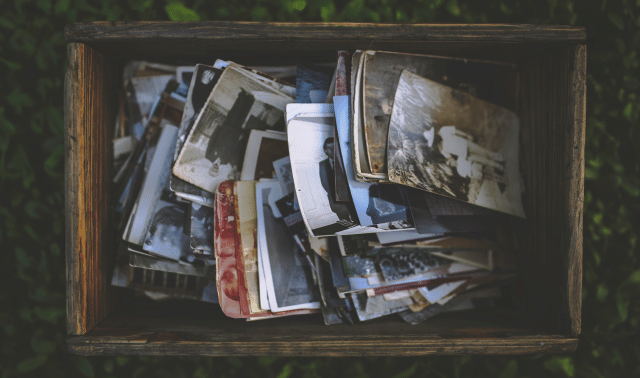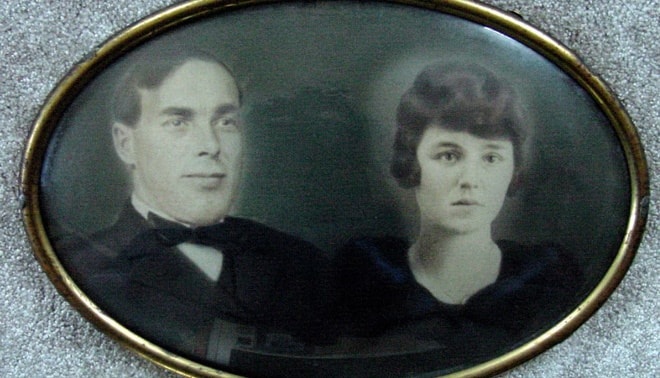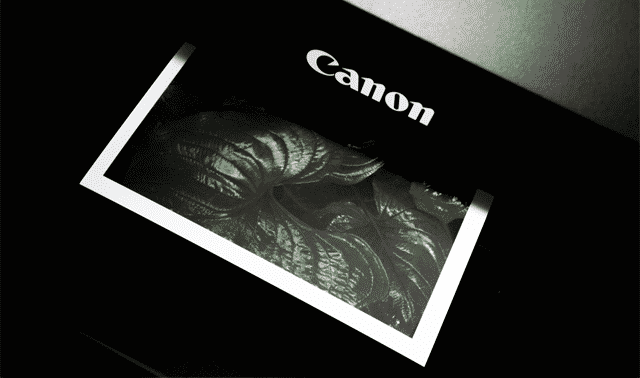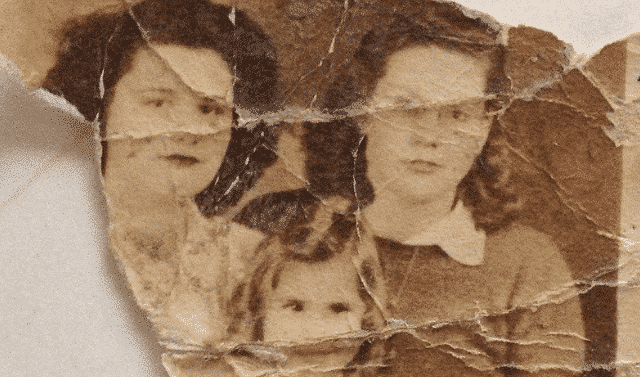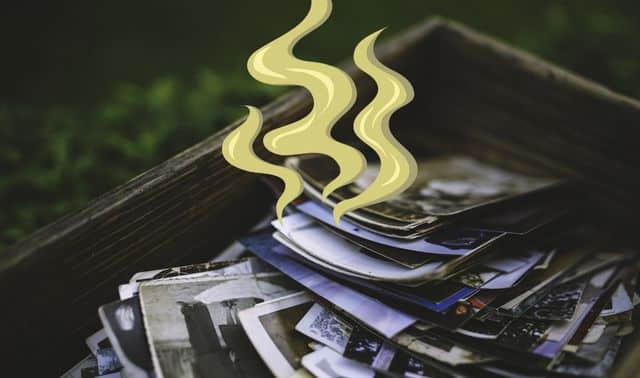
The evil twins of photo safety are temperature and humidity. Fluctuating temperatures and variable levels of humidity can cause severe damage to your old family photos. For example, tintypes rust. Paper photographs attract mold and insects. Fragile image types, like platinum prints from the late nineteenth century, suffer from abrasion.
Meanwhile, in the case of this mystery image in the Burford family, it’s a combination of factors.
Evaluating the Damage Done to the Family Photo
This image is a crayon portrait, which means it’s a photograph with artistic enhancement using charcoal. Not all crayon portraits feature charcoal. Some artists used pastels while others used paint. Either way, they were usually printed on poor quality paper and backed with acidic cardstock. Each of those things is bad enough on its own. Together, they make a destructive combination for preserving your family photos.
Crayon portraits tend to go brown due to the paper. They crack and you can lose parts of the picture. In this case, however, Burford still has the bottom piece of the image that’s cracked and fallen off. That’s good.
Burford and her father think the family in this image lived in Georgia and Florida. The humid summers and dampness of the region has taken their toll on this lovely portrait.
The good news is that this picture can be preserved. I’ve seen images like this in far worse shape. It’s a pretty typical size at 13 x 19 inches.
How to Protect and Preserve Old Photos
- Keep the picture in acid- and lignin-free card stock to support and cover the image.
- Place it in an archival box so that no weight rests on the image.
- Store it in a place with as stable temperature and humidity as is possible. A windowless closet is usually the best place in a house.
To Frame or Not to Frame?
I wouldn’t frame an image like this; I’d have it conserved and display a copy print. A professional photo conservator can repair the crack. They can transfer the image to acid free card stock and “paint” in the missing pieces of the picture.
However, a digital restoration person can make similar fixes to a scan of the original. The costs involved in this are less than conservation. However, you’ll want to leave the original to the professionals. The restoration/conservation choice usually depends on your budget and how valuable that picture is to your family history.

